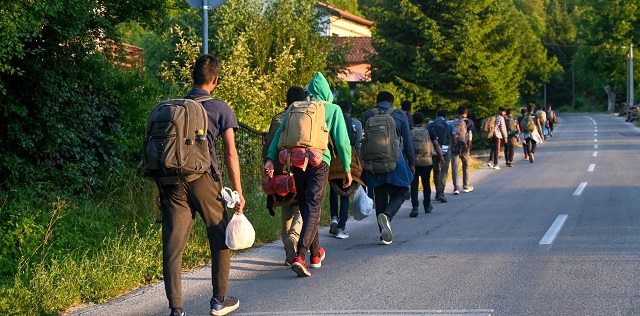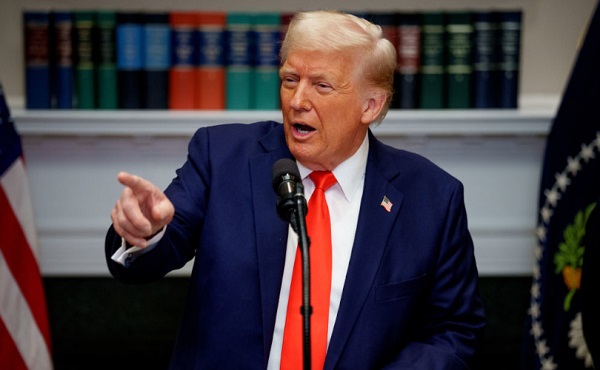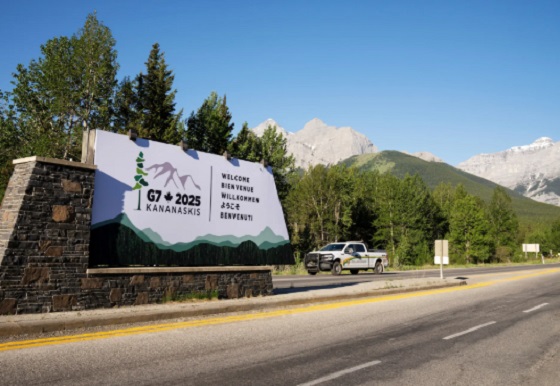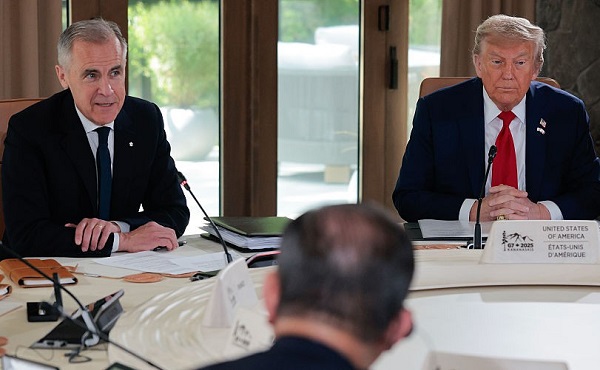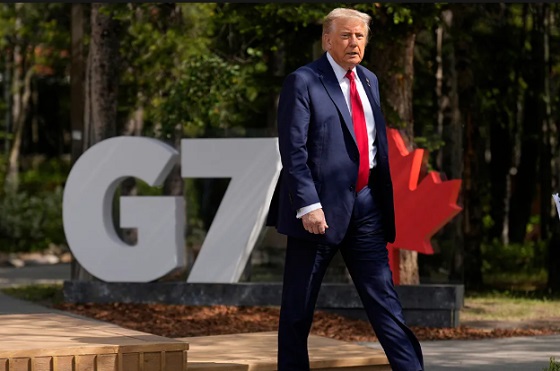From The Center Square
By Tim Clouser
Protests in Los Angeles continued into Thursday night as tensions died down across the West Coast ahead of thousands of anti-Trump demonstrations planned for Saturday — the “No Kings Day” event is set to take place coast-to-coast amid civil unrest nationwide.
The Los Angeles Police Department posted to X as the 8 p.m. curfew went into effect Thursday, reporting that protesters were throwing “bricks, concrete and commercial grade fireworks.” The agency said less lethal munitions have been authorized and “may cause pain and discomfort.
The curfew covers an area where demonstrators have spent days protesting President Donald Trump’s immigration raids and the deployment of the California National Guard. A federal judge blocked his use of the guard late Thursday, but did not rule on the Marines also deployed there.
Gov. Gavin Newsom held a press conference in San Francisco shortly after the ruling, calling out Trump for deploying the guard without his consent. U.S. District Judge Charles R. Breyer’s preliminary injunction takes effect Friday, at which point Newsom will resume control of his National Guard.
“This is what he does. He creates a problem, and then he tries to be a hero in his own Marvel movie. He initiated those raids,” Newsom said of Trump’s actions. “He significantly increased the scale and scope of those raids. That’s why he wants the National Guard, hundreds and hundreds and hundreds of guardsmen and women, now being dispersed everywhere.”
The Trump administration filed an intent to appeal Breyer’s ruling shortly after. In the meantime, the guard will go back to its regular duties on Friday instead of guarding the federal immigration in downtown Los Angeles, only one day before thousands of protests nationwide against Trump.
According to a press release, the LAPD arrested 71 people for failure to disperse Wednesday night into Thursday morning, and intends to post another update Friday morning. Seven others were also arrested for violating the curfew, and two for assaulting an officer with a deadly weapon.
Protesters filmed live streams on YouTube leading up to the curfew, reporting that some people were arrested and that they heard munitions being fired. Some demonstrators encouraged the group to disperse, adding that escalating things may be what the administration is waiting for.
The Los Angeles Department of Transportation posted to social media Thursday evening that it had cut services short for the day in response to the protests. LAPD vehicles were seen lining the streets, with officers ready to issue arrests in the event of further unrest or curfew violations.
In some live streams, officers were seen issuing arrests just 30 minutes after the 8 p.m. curfew, and in some instances, towing away vehicles. Another protest in Salt Lake City, Utah, kicked off at 6 p.m. on Thursday after the Party for Socialism & Liberation called for demonstrations there.
The Salt Lake Police Department told KSL News Radio that the demonstration of roughly 600 people was mostly peaceful, aside from a damaged Tesla. Officers broke up some fights and remained on scene as it died down around 8:30 p.m., Brian Will with KUTV 2 News reported.
This is a developing story.
